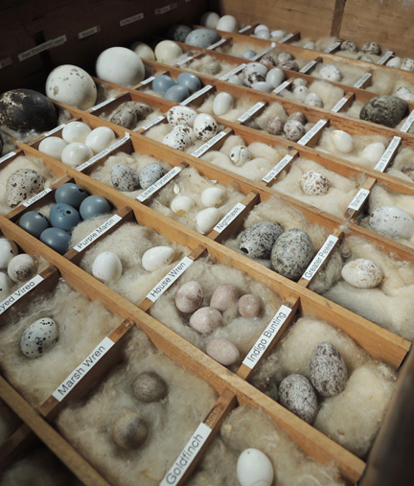 A heads up for our readers…in addition to eggs and nests, this post contains multiple images of bird taxidermy, which some may find unsettling. If you do, no problem! Skip this particular post, and we’ll see you on the blog next Tuesday!
A heads up for our readers…in addition to eggs and nests, this post contains multiple images of bird taxidermy, which some may find unsettling. If you do, no problem! Skip this particular post, and we’ll see you on the blog next Tuesday!
Deep within Princeton University’s Department of Ecology and Evolutionary Biology, there is a plain door with a fairly innocuous sign mounted nearby:
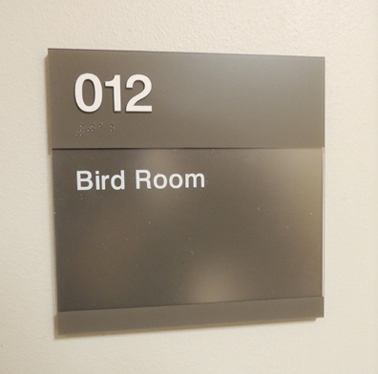 Behind that plain door, however, is an amazing treasure trove of natural history. It’s the Princeton Bird Collection, which contains a taxidermy catalog of over 6,000 bird specimens, some of which are over 150 years old! Many were collected by William Earl Dodge Scott, who was appointed Curator of the Department of Ornithology in 1879.
Behind that plain door, however, is an amazing treasure trove of natural history. It’s the Princeton Bird Collection, which contains a taxidermy catalog of over 6,000 bird specimens, some of which are over 150 years old! Many were collected by William Earl Dodge Scott, who was appointed Curator of the Department of Ornithology in 1879.
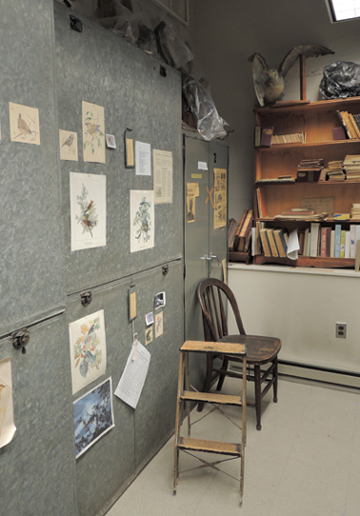
Princeton’s bird room contains a multitude of hulking gray metal cabinets. While I’m used to our library’s special collections cataloged and ordered on regular bookshelves, the bird room’s cabinets open to reveal horizontal wooden drawers containing various specimens. These collections are available for teaching and research, including the Stoddard Lab’s research on avian coloration and morphology.
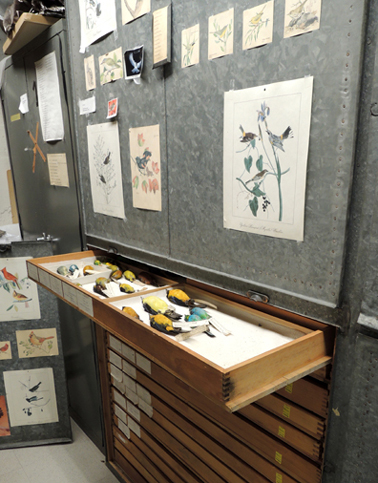
The drawers also contain nests and eggs, which are similarly laid out for researchers:

There are larger nests as well, including this amazing one that I’m pretty much ready to curl up and take a nap inside:
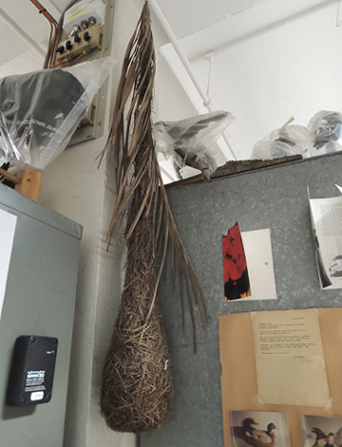
Beyond the drawers are a fantastic assortment of standing taxidermy, both large and small. Below are just a few the staff unwrapped for me to photograph…from top left to bottom…an emu, ground hornbill, kiwi, barn owl, macaw, snowy owl, and golden eagle.
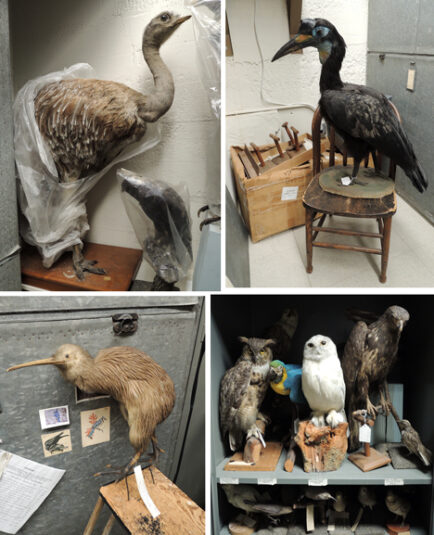
And check out this! It’s a quetzal, which hails from Central America. It was was considered sacred by the Ancient Mayas and Aztecs. The photo really doesn’t do it justice. The coloring on the bird is simply exquisite.
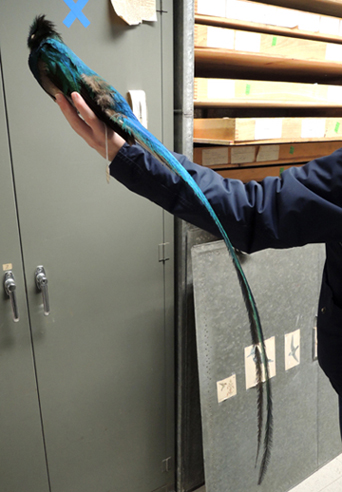
The bird collection also contains the documents and journals of Charles Roger, a professor of ornithology at Princeton from 1920-1977. The journals, which he began as an eager boy of eleven and continued until he was eighty-four are a fascinating and informative body of work. You can read more about the digitization of his works, and find some awesome coloring pages from our special collections here (as well as a couple fun bird projects!).
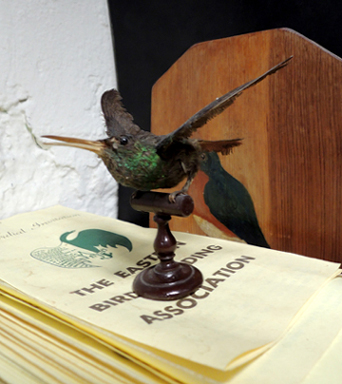
A very special thank you to Cassie Stoddard, Assistant Professor in Ecology and Evolutionary Biology, for arranging for me to photograph the bird room, and answering my questions about ducks!
